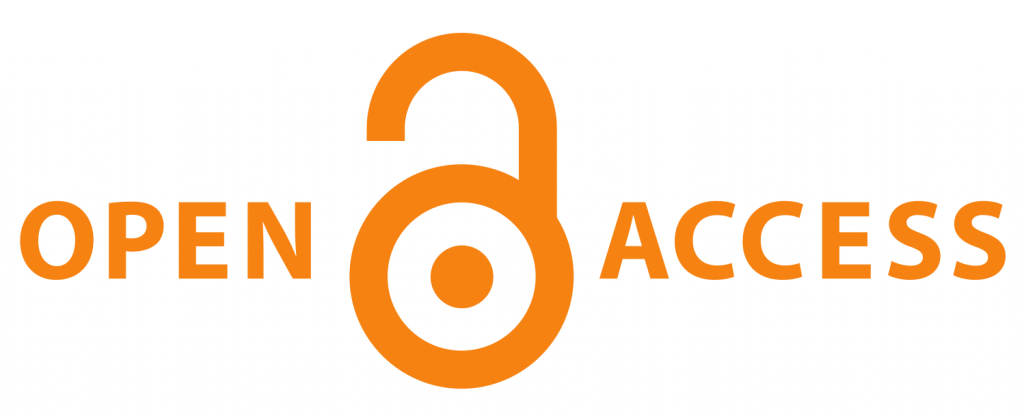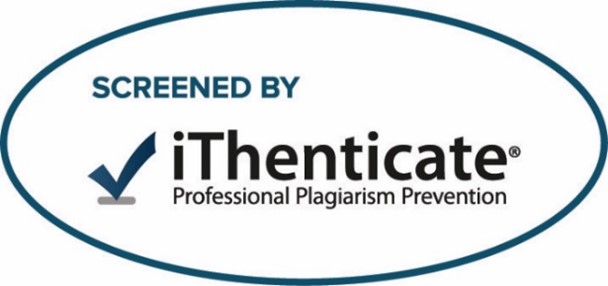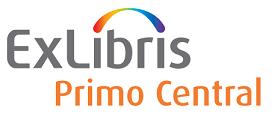Abstract
Background: Cerebral palsy children with hemiparesis manifest impaired balance during static and dynamic activities which impact gait, functional activities, and quality of life. Purpose: To determine the effect of mirror-based lateral walking training on balance in cerebral palsy children with hemiparesis. Methods: The study included 60 children of both sexes with hemiparesis between the ages of five and seven who met the following inclusion criteria: they able to walk independently at level II on the Gross Motor Function Classification System (GMFCS), with spasticity at grade 1+ to 2 on the modified Ashworth scale. Results: Following training, both groups showed statistically significant improvements in favor of the study group for all balance-related outcomes, such as the modified Clinical Test of Sensory Integration of Balance (mCTSIB) Eye Open Stability Score (EOSS), Eye Closed Stability Score (ECSS), and Limits of Stability Standing Balance Bilateral (LOSSBB). Conclusions: Children with hemiparesis cerebral palsy benefit more from combined mirror-based lateral walking training with the designed physical treatment program (task-oriented training) in improving balance
Article Type
Original Study
Subject Area
Physical Therapy
IRB Number
P.T.REC/012/002753
Creative Commons License

This work is licensed under a Creative Commons Attribution-NonCommercial-Share Alike 4.0 International License.
Recommended Citation
Elsepaee, Mohamed I.; Elhadidy, Eman I.; Elrahman, Samia A. Abd; Elghaiaty, Hesham A.E.; and Abd El-Moghny, Seham M.
(2025)
"Effect of Mirror-Based Lateral Walking Training on Balance in Children with Hemiparesis: A Randomized Controlled Trial,"
Journal of Medicine in Scientific Research: Vol. 8:
Iss.
3, Article 8.
DOI: https://doi.org/10.59299/2537-0928.1455


















